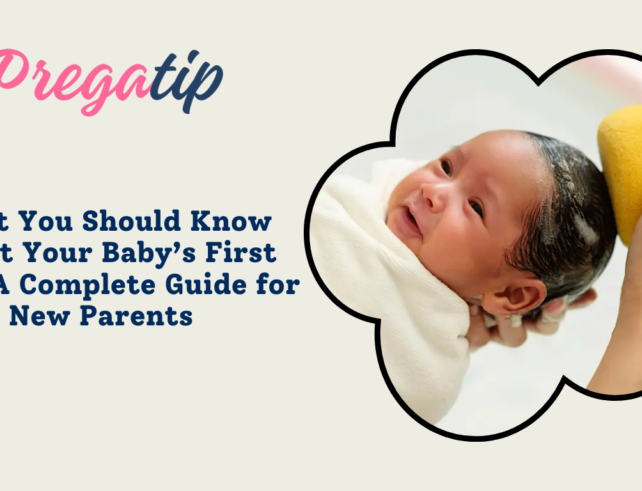Understanding The Rare Disorder Amniotic Band Syndrome


Amniotic band syndrome is a rare congenital condition that occurs during fetal development, impacting various parts of the body. In this article, we will look into this condition, including its causes, manifestations, diagnosis, and potential treatments. By discussing this condition, we aim to increase awareness and understanding of this challenging congenital anomaly.
Amniotic Band Syndrome (ABS) is a rare congenital condition that develops during fetal development. It causes a variety of physical deformities and abnormalities. This condition occurs when strands or bands of the amniotic sac become entangled with the developing fetus, leading to potential disruption of fetal body parts. The severity and presentation of ABS can vary widely, impacting limbs, digits, or other structures sporadically and unpredictably. This article explores the complexities of this rare congenital disorder, highlighting its causes, symptoms, and potential effects on affected individuals. It will also emphasize the importance of early diagnosis and tailored medical interventions to optimize the quality of life for those living with this condition.
1. What is Amniotic Band Syndrome?
a. The Origins of the Syndrome
Amniotic band syndrome is a congenital disorder that develops during pregnancy when fibrous bands from the amniotic sac entangle parts of the developing fetus. These bands can constrict or disrupt the growth of various fetal structures.
b. Varied Manifestations
This condition can appear in various forms, affecting the limbs, face, or internal organs. The manifestation depends on the location and severity of the constriction. It can range from mild to severe cases.
Also read: Understanding Fetal Anemia: Causes, Diagnosis, And Treatment
2. Causes and Risk Factors
a. Theories on the Causes
The exact cause of this congenital disorder remains a subject of debate among medical experts. The most accepted theory suggests that early rupture of the amniotic sac creates loose bands that can entangle the fetus, causing deformities.
b. Non-Genetic Condition
Amniotic band syndrome is not a hereditary condition but rather a sporadic event during pregnancy, making it challenging to predict or prevent.
3. Common Manifestations
a. Limb Abnormalities
One of the most common manifestations of this syndrome is limb abnormalities, such as constriction rings, syndactyly (webbed fingers or toes), or even limb amputations.
b. Craniofacial Anomalies
Fibrous bands disrupting fetal development can cause facial deformities and craniofacial abnormalities. These conditions include cleft lip and palate.
4. Diagnosis and Prenatal Detection
a. Prenatal Ultrasound
Amniotic band syndrome can often be detected through prenatal ultrasound, which allows doctors to assess the extent of fetal abnormalities.
Also read: Early Glimpses: Decoding The First Trimester Ultrasound
b. Confirmation Through Amniocentesis
Amniocentesis, a prenatal test that involves sampling the amniotic fluid, can be used to confirm the diagnosis of amniotic band syndrome.
5. Living with Amniotic Band Syndrome
a. Support and Medical Care
Children born with this condition often require specialized medical care, including surgery and physical therapy, to address their specific needs.
b. Emotional and Psychological Support
Amniotic band syndrome can have a significant emotional impact on both parents and affected individuals. Seek support from doctors, support groups, and counselling services.
6. Treatment Options
a. Surgical Interventions
Surgery is often the primary treatment option for individuals with this rare congenital disorder to improve function and appearance.
b. Prosthetics and Orthotics
In some cases, individuals may benefit from prosthetic limbs or orthotic devices to enhance mobility and function.
7. Future Prospects
a. Advances in Medical Technology
Ongoing advancements in medical technology and surgical techniques offer hope for improved treatment and outcomes for those with this rare congenital disorder.
b. Raising Awareness
Raising awareness about amniotic band syndrome can help reduce stigma and promote support for affected individuals and their families.
Amniotic band syndrome is a rare and complex congenital condition that presents various challenges for affected individuals and their families. By understanding its causes, manifestations, and available treatment options, we can support those living with the condition and work towards better outcomes in the future. Increased awareness and ongoing research are key factors in providing hope and improving the quality of life for individuals affected by this condition.



